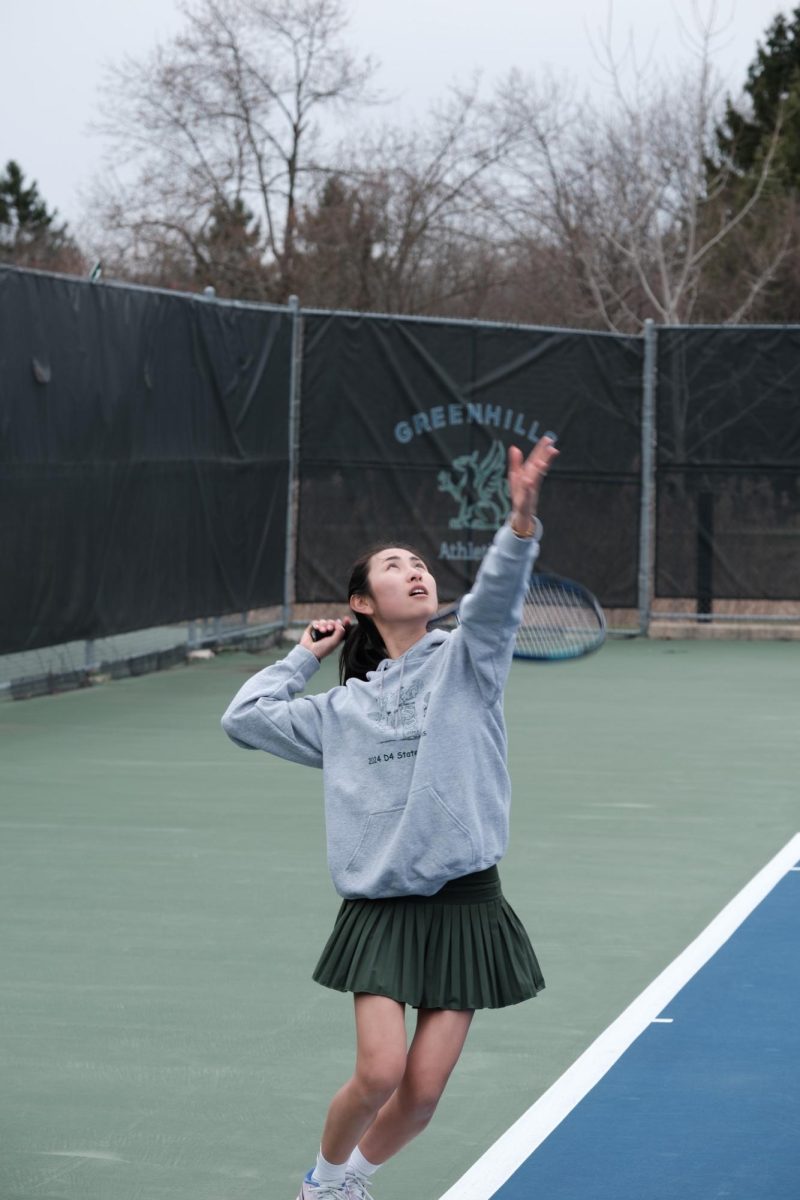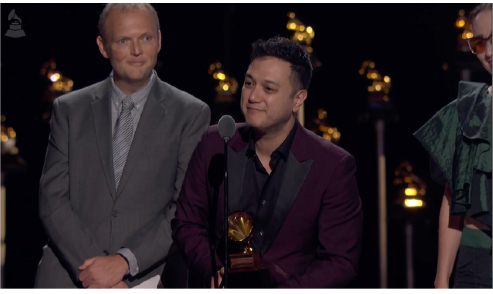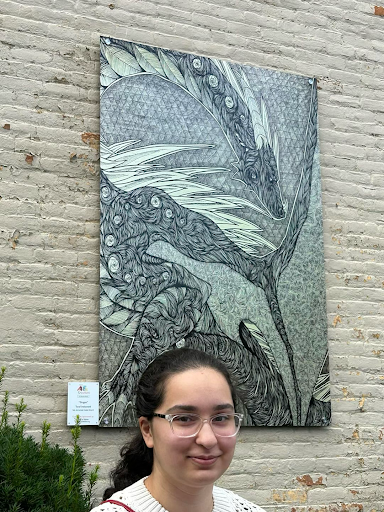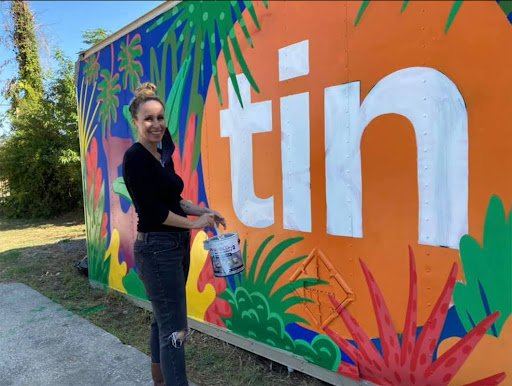Keep your eyes open for this one: Ceramics students take on challenge of creating art blindfolded
Sara Raoufi ’25 throws a pot blindfolded. “The ceramics course as a whole is by far one of my favorite classes I’ve taken at Greenhills. Rob’s willingness to not just allow, but encourage students to experiment every day drastically improves the whole experience.”
February 9, 2022
Taking their ceramics skills to another level, Kyra Christensen ’22 and Sara Raoufi ’25 were brave enough to attempt the craft sightless, throwing pots blindfolded. Long-time ceramics teacher Rob Kinnaird brought back the tradition this year, and with it, brought joy back to the ceramics classroom after a year of challenging online ceramics.
“This was something that I learned to do when I was in high school, and the last time it was done [at Greenhills] was a few years ago. It was hilarious, and it was fun to watch for the students,” said Kinnaird.
Raoufi volunteered first, then persuaded Christensen to join her. The two, both Ceramics 1 students, took on the task and opportunity to learn in a new, exciting way.
“It was a good, ambitious idea especially given the fact that I hadn’t done ceramics before,” said Raoufi. “Rob is always looking to push his students to get them to try new things.”
As Kinnaird said, “You don’t have to see to succeed on the wheel.” The activity exercised and challenged the students’ sense of touch, different from what they were used to, which was mostly relying on vision to guide their hands.
“I had to examine the clay in ways I never used to. I had to feel all around and notice where the pot was too thick or thin and address the issues solely by touch, and that was a challenge because I really relied on sight to help with those things,” said Raoufi.
Christensen, too, found the exercise helpful.
“Making ceramic pots with your eyes closed is not that hard. It shows you just how little you actually need your eyes to throw clay on the potter’s wheel,” said Christensen. “The pot I made was the best one I’ve made so far.”
The exercise challenged the students to really work with the clay, instead of simply forcing it into the desired shape.
“I learned the importance of really feeling what’s in my hands, because before I would look and try to just press things and hope it would work purely based on what I was seeing. But when I gave up the sight aspect of it, I learned new ways to center and mold the clay,” said Raoufi. “The whole blindfold experience really taught me how to use every part of the clay and how to use my every other sense to produce a good pot.”
Kinnaird, who plans to retire after this school year, pushes his students to be creative outside of their comfort zones often. Though it is technically a ceramics class, students have the opportunity to experiment with all sorts of mediums and skills, such as metal bending and wood staining. The ceramics classroom is perpetually an experimental environment, where it is okay, normal and even encouraged for students to make mistakes.
“That’s very much what is at the core of the ceramics program, which is not everything you are going to try is going to be perfect,” said Kinnaird. “A lot of the things you are going to attempt are not going to work or might fail. If you’re willing to do that, you’re going to accomplish more than the student who’s constantly trying to play it safe. It’s not that it’s a competition, it’s just that your personal arc of learning is going to be more powerful when you’re willing to make mistakes.”


















